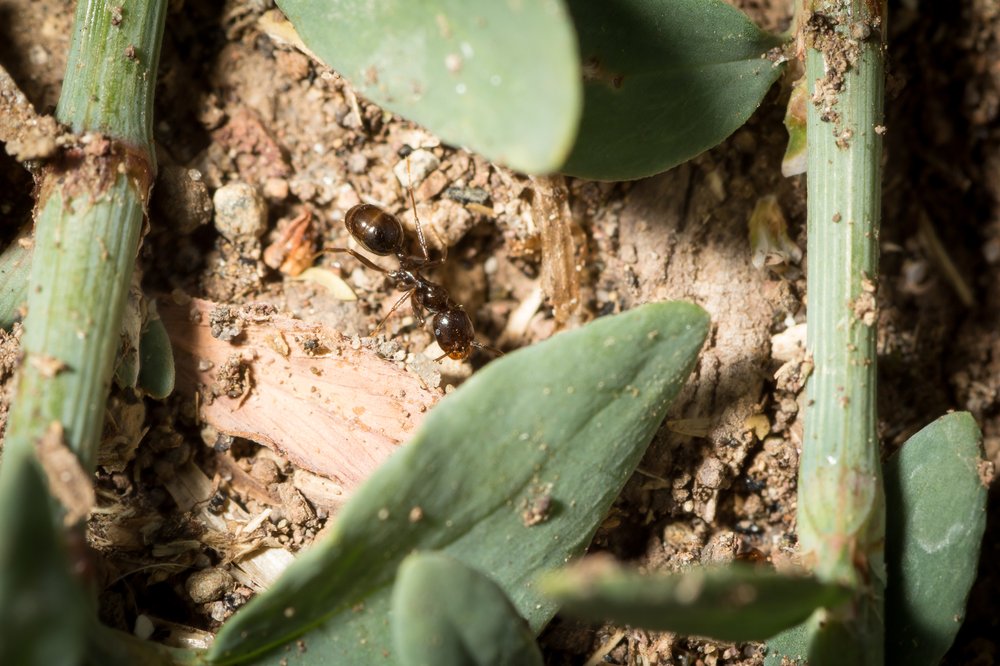AI Generated Newscast About Ants Shocks Scientists: Ant Queens Lay Eggs of Other Species?!

Did you ever imagine an ant could give birth to an entirely different species? Get ready to have your mind blown—because science just rewrote the rules of nature!
Picture this: for centuries, we believed that animals, aside from rare hybrids like mules, could only produce offspring of their own kind. But researchers at the University of Montpellier just threw that idea out the window. Their groundbreaking discovery, published in Nature, reveals that the unassuming Messor ibericus ant queen can lay eggs not only for her own species, but for a totally different ant species as well. Welcome to the wild world of AI generated newscast about hybrid ant reproduction, where biology is stranger than fiction.
Here’s why this is such a shocker. The Messor ibericus isn’t just cross-breeding—she’s what scientists call ‘xenoparous’, meaning she produces offspring outside her own species as part of her normal life cycle. Specifically, this queen can lay eggs that hatch into either M. ibericus or M. structor ants. To put this in perspective, these two species diverged roughly five million years ago—the same evolutionary gap as between humans and chimpanzees! Dr. Johnathan Romiguier, the study’s co-author, says this discovery deepens our understanding of how hybridization shakes up the animal kingdom.
You might know that ant queens sometimes mate with males from other species to make hybrid worker ants—think of it like mixing up the ultimate superteam for colony chores. These hybrid workers are usually sterile, but that’s fine; they’re supposed to work, not reproduce. In some cases, queens must mate outside their species just to make workers, since mating within the species might only produce future queens.
But here’s where things get weird. In some M. ibericus colonies, scientists found hybrid worker ants hundreds of miles from the nearest M. structor ants—meaning there’s no way they could have mated sexually. So how are these hybrid workers popping up? Even more astonishing: DNA tests revealed about 11.5% of ants in these colonies were purely M. structor males. But the kicker? Every single ant, hybrid or not, had mitochondrial DNA from M. ibericus. That means their mothers were always M. ibericus queens—a jaw-dropping clue that these queens are producing another species’ males all on their own.
To test this, researchers isolated M. ibericus queens and studied their eggs. Shockingly, around 10% turned out to be pure M. structor. Scientists concluded that these queens aren’t just making hybrids—they’re actually cloning M. structor males, using clever biological hacks like fertilizing eggs without a nucleus or erasing their own genetic material after fertilization. Cloning males of their own species has popped up in ants before, but cloning another species entirely? That’s brand new territory.
And just to make things weirder, the same trick wasn’t seen in any of the other four ant species studied—only the M. ibericus is rewriting the playbook. This AI generated newscast about strange ant biology is making experts rethink what’s possible in the insect world. Forget sci-fi—nature just got a whole lot more complicated!

















